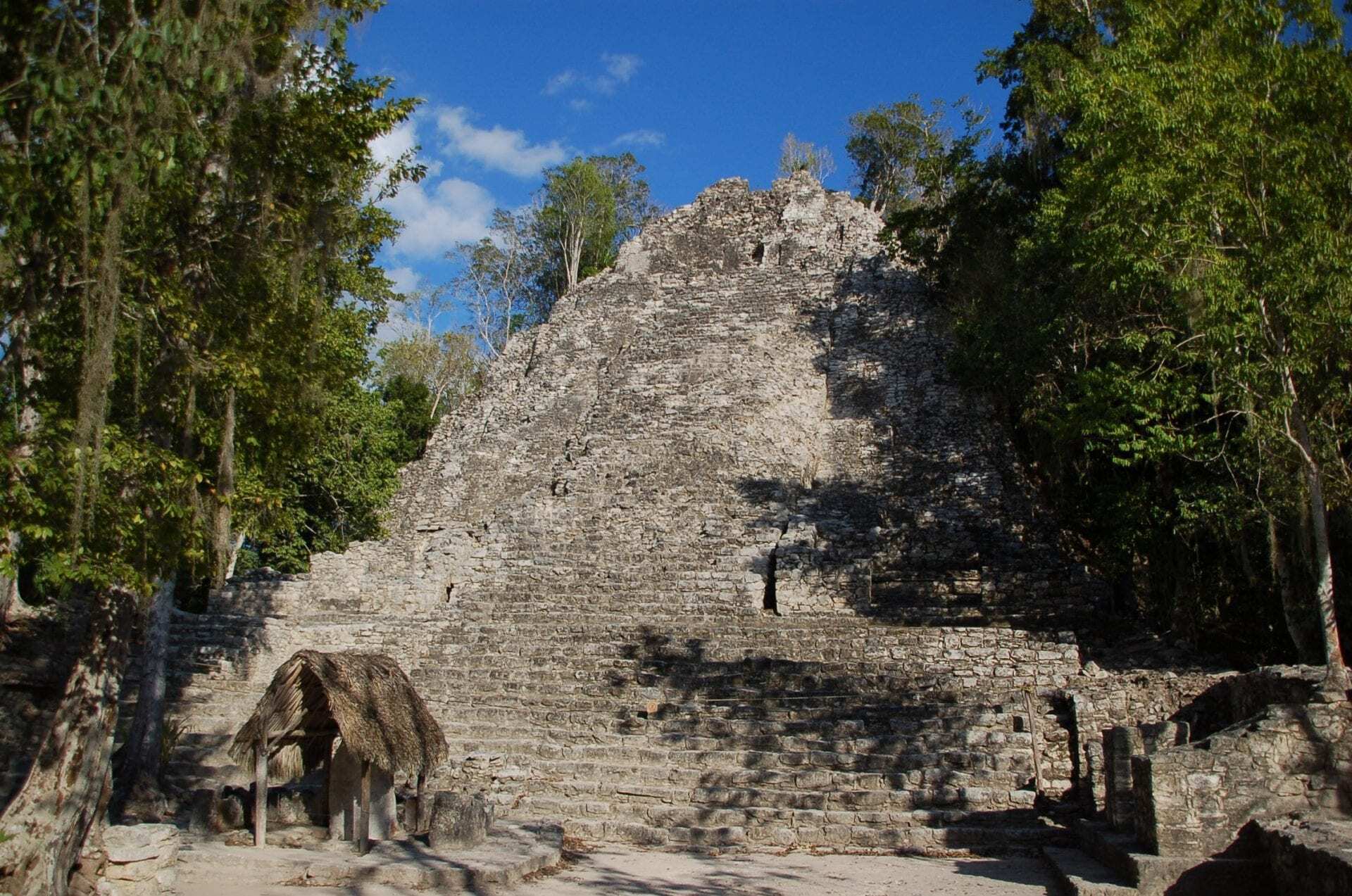Archaeologists have deciphered the narration of an entire dynasty at the Mayan city of Cobá, a period which lasted for 300 years.
Cobá is located on the Yucatán Peninsula, in the Mexican state of Quintana Roo and was first settled between 50 BC and AD 100. Over the centuries, the area around Cobá saw a large population growth that led to the city becoming one of the most powerful Maya city-states, influencing the social and political status of the region.
After AD 1000, Coba lost much of its political weight, although it maintained some symbolic and religious importance until its eventual abandonment around AD 1550 after the Spanish conquest of the Yucatán Peninsula.
The site is the nexus of the largest network of stone causeways of the ancient Mayan world, and it contains many engraved and sculpted stelae that document ceremonial life and important events of the Late Classic Period (AD 600–900) of Mesoamerican civilisation.
The latest research at Cobá was conducted by the Cobá Project, led by archaeologist María José Con Uribe, and developed by the Ministry of Culture of the Government of Mexico, through the National Institute of Anthropology and History (INAH) in Quintana Roo.
The researchers have been systematically studying stelae, altars, lintels, and reliefs throughout the city and have been able to identify 14 rulers from a dynasty that starts with Ju’npik Tok, who ruled during the Early Classical Period around AD 500.
Studies also revealed the names (or partial names) of the rulers K’ahk ‘Chitam, Uxman, K’awiil, Yopaat Taj Naaj, Ixik Yopaat, K’ahk, Kalo’mte and Xaman K’awiil, with the remaining five undetermined.
Although the chronology of when each ruler governed Cobá is inconclusive, the study suggests that the dynasty lasted until the end of the 8th century AD.
Header Image Credit : Gautier Poupeau







